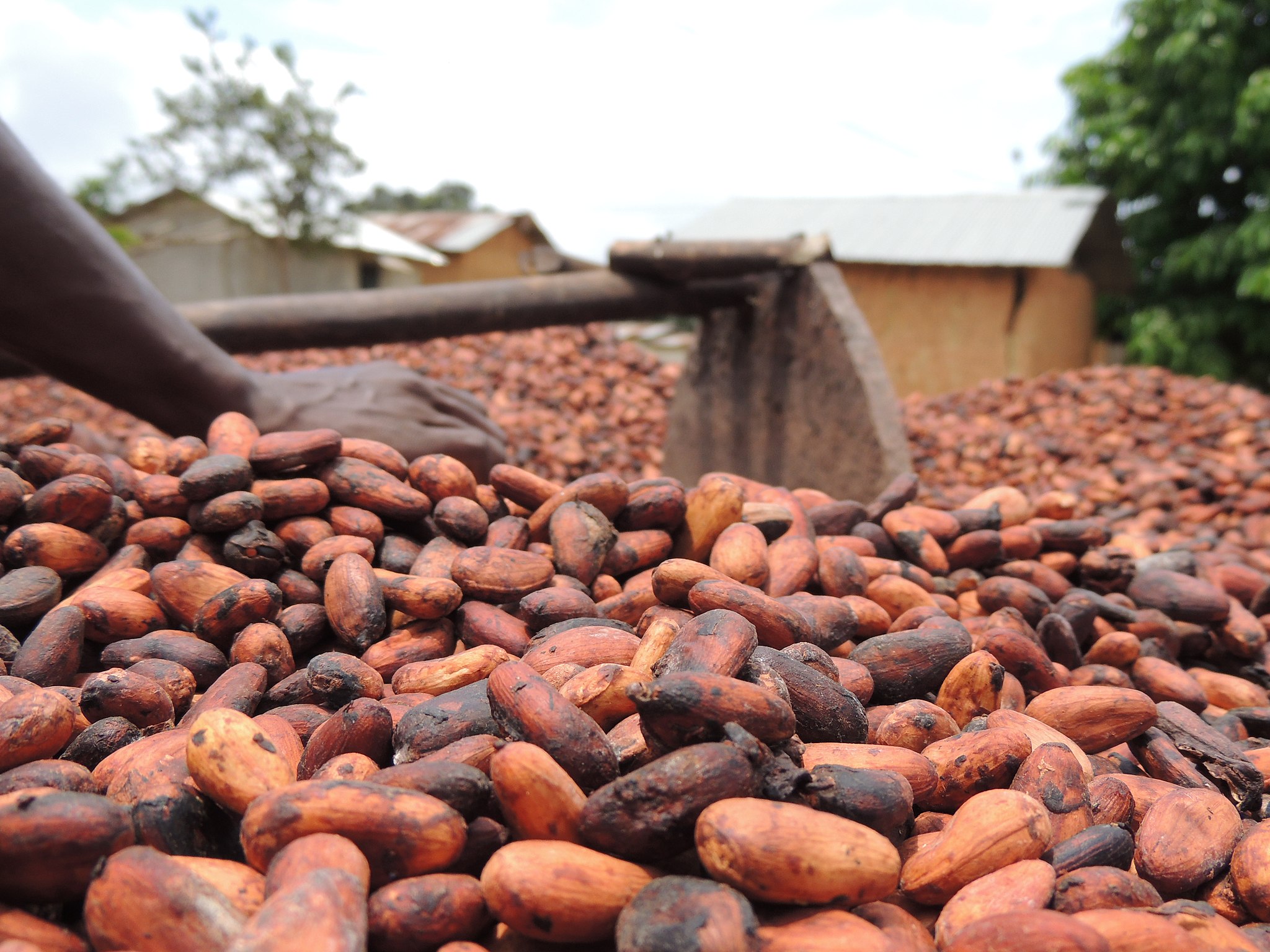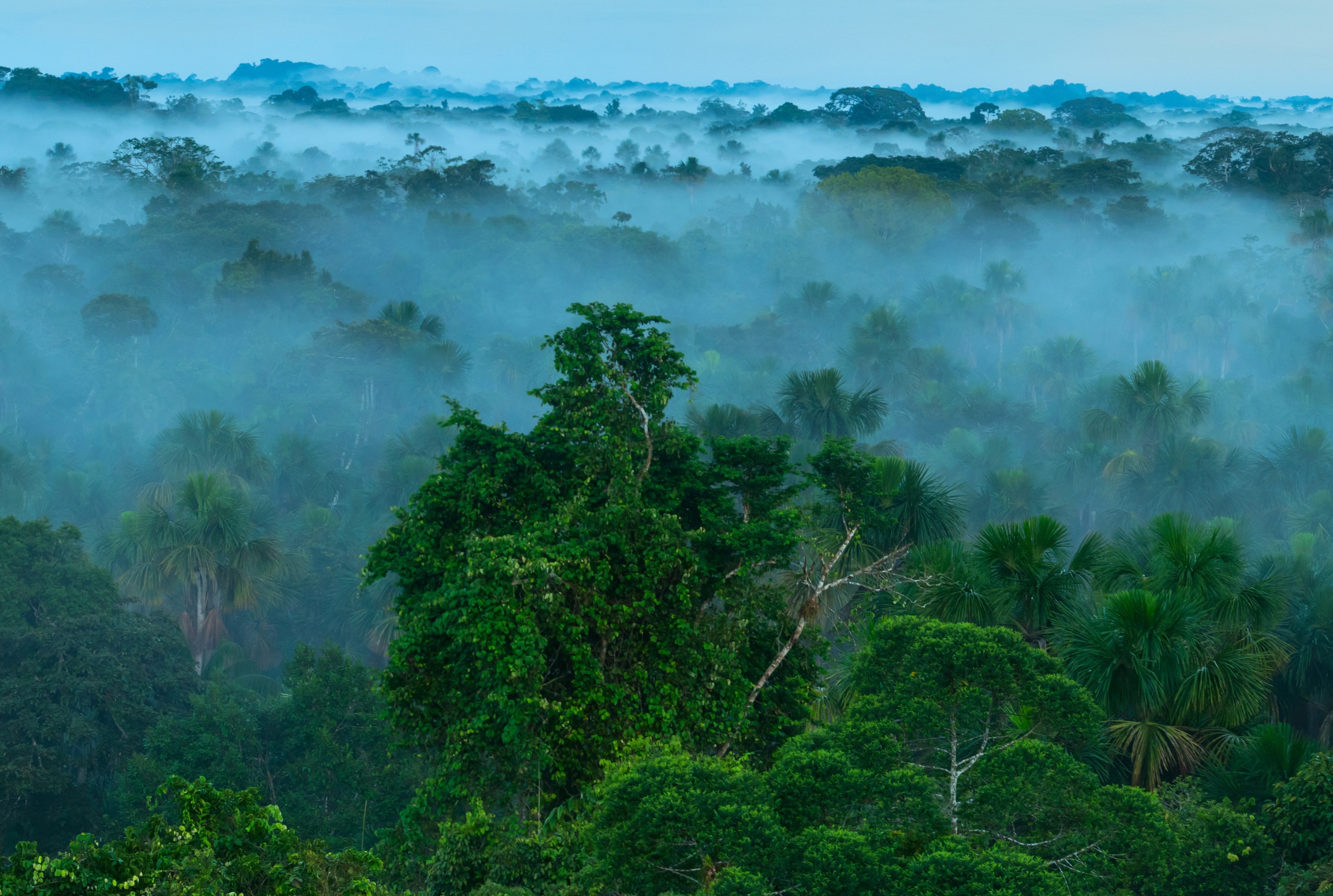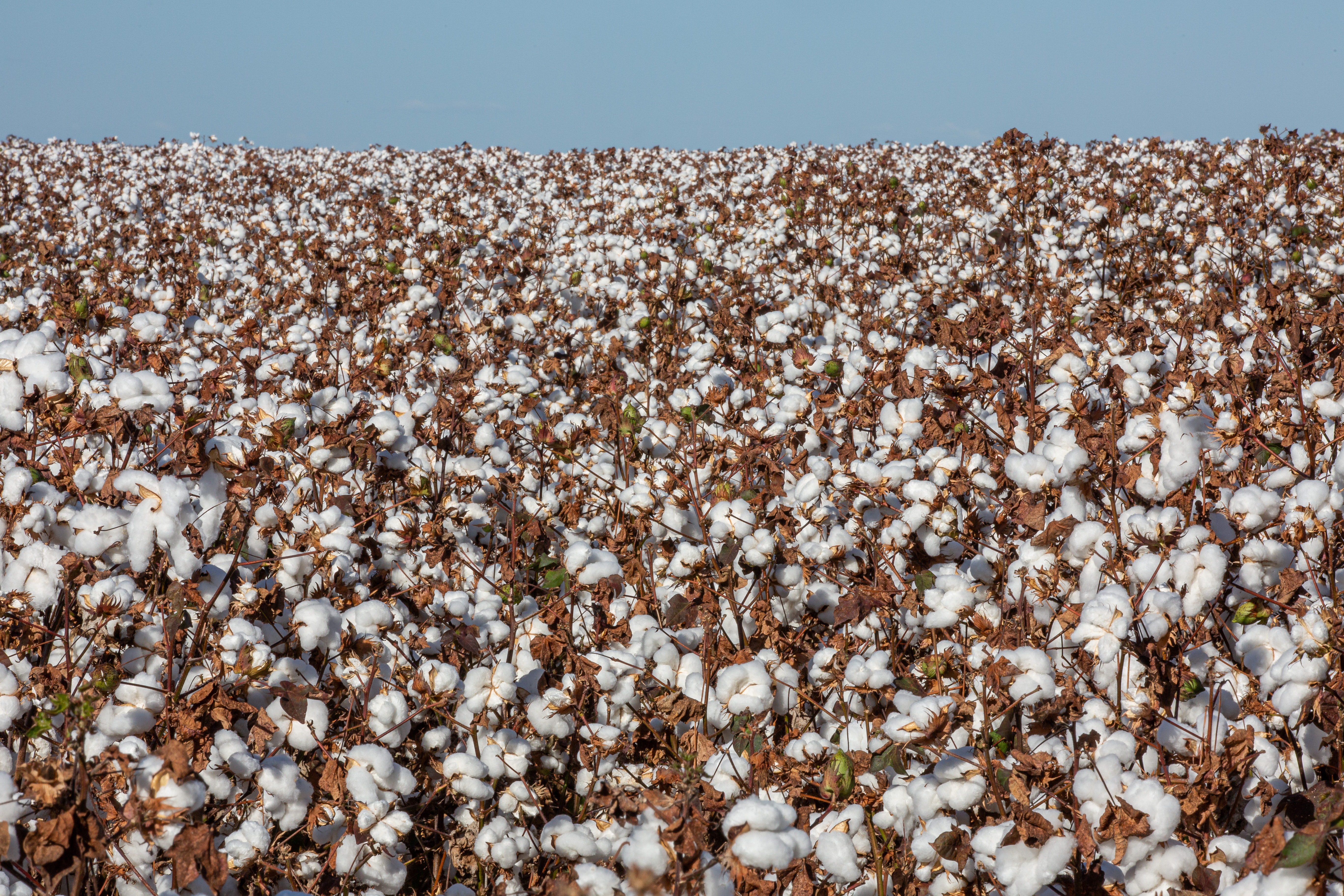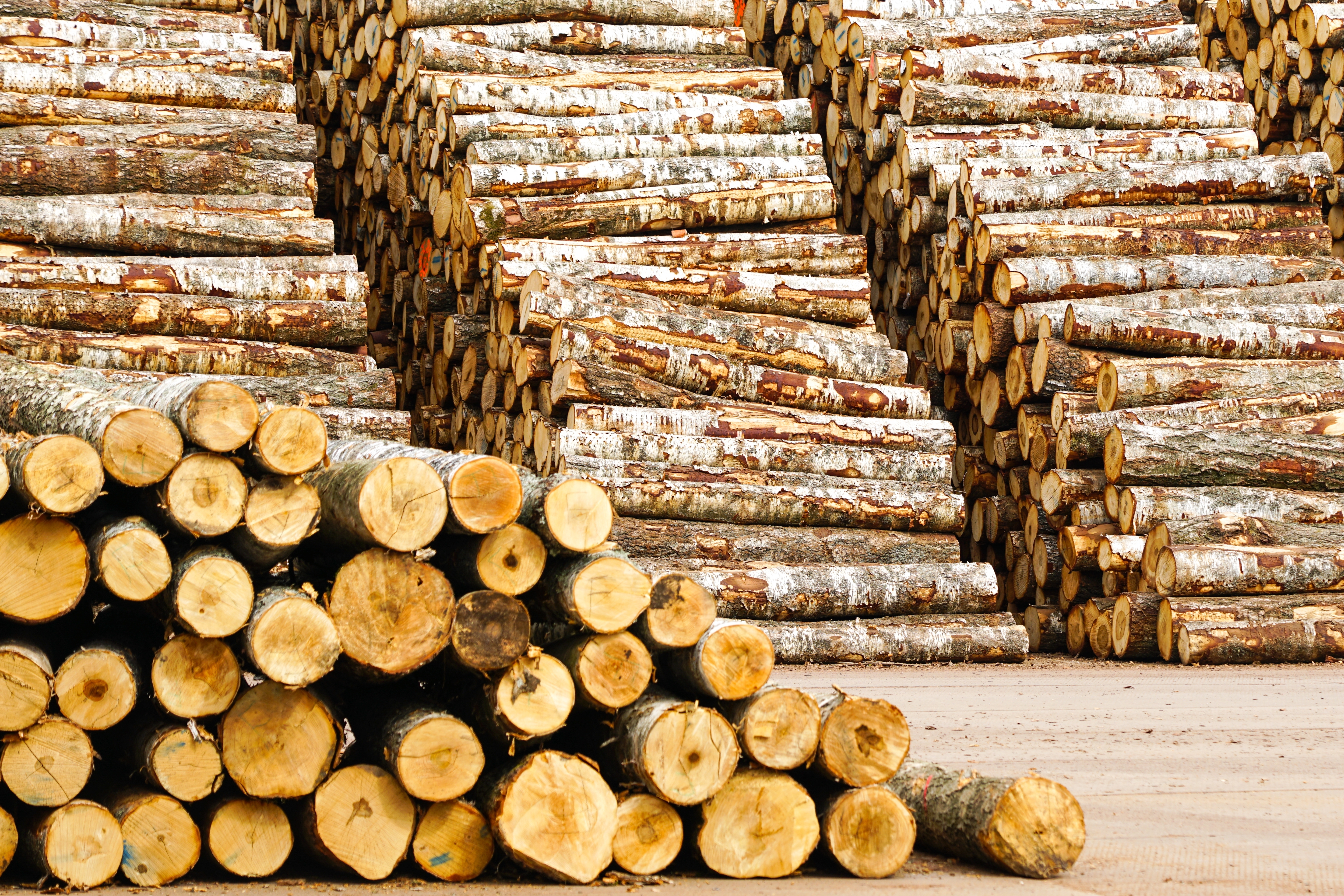Increasing global appetites for chocolate during the holiday period will benefit a cocoa industry that has failed to reform for two decades

A surging demand for chocolate has resulted in the decimation of primary forests and a myriad of human rights abuses in producer countries .
October is the start of a gold
rush for chocolate makers.
Alongside plumped up pumpkin
sales and costume purchases, the chocolate industry will see profits swell
during Halloween and continue an upward curve as Thanksgiving, Christmas,
Valentine’s Day and other holidays arrive in quick succession thereafter.
Halloween means big business for
the six multinationals – Nestle, Mondelez, Mars, Hershey, Ferrero and Lindt –
which dominate the global chocolate sector.
In the US alone, Halloween confectionary
sales jumped from $2.3bn (£1.5bn) in 2011 to almost $2.7bn (£2.2bn) in
2016 with the 31 October holiday now accounting for an estimated 8% of total
annual sales.
The National Confectioners
Association – a US trade body representing chocolate and confectionary brands –
proudly said this
month that “there is perhaps no time of year more associated with the fun of
chocolate and candy than Halloween.”
Europe too is increasingly
adopting US-style Halloween habits. UK
consumer spending for the day has accelerated from £275m in 2014 to an
estimated £419m in 2018.
Europe is the world’s largest
chocolate market. In 2017 it accounted for 49% of the global market and was
worth an estimated $44bn (£35bn), according to
the European Centre for the Promotion of Imports from developing countries
(CBI). North America was second with 21%.
EU imports of cocoa beans from
Ivory Coast topped one million tonnes during 2018, almost double that received
five years prior, Earthsight analysis of trade data shows.
Ghana, which along with its West
African neighbour accounts for two-thirds of global production, sold €700m
(£604m) of cocoa beans to the EU last year – 14% more than in 2017.
Europe ground more than 1.7
million tonnes of cocoa beans in 2017-2018 – 4% higher than the previous year,
a statistic CBI believes reflects a growing preference for chocolate with
higher cocoa content.
This surging demand (the European
chocolate market is expected to grow 3% annually between 2018 and 2022) has
resulted in the decimation of primary forests and a myriad of human rights
abuses in producer countries with Ghana and Ivory Coast particularly badly hit.
Forest loss increased 60% in
Ghana and 26% in Ivory Coast during 2018 – the highest country increases
observed in Global Forest Watch’s 2019 report on
deforestation.
A 2017 investigation by
US advocacy group Mighty Earth found that “illegal deforestation for cocoa is
an open secret throughout the entire chocolate supply chain.” The report
estimated that without action, Ghana stands to lose all remaining forests
outside national parks before 2030.
Efforts to stem the destructive
environmental impacts of chocolate production – and the scourge of child labour
– are under renewed scrutiny.
A 2018
EU Parliament hearing concluded that the EU should set mandatory rules
to tackle deforestation and child labour in cocoa supply chains after years of
failed voluntary action.
In October last year Franz
Timmermans, Vice President of the European Commission, said that it was clear
that legally binding regulations on cocoa imports were needed to solve problems
in the industry.
Julia Christian, forests
campaigner at the Brussels-based NGO Fern, told Earthsight: “It is
desperately sad that, while children in Europe and the US are enjoying their
Halloween chocolate, West African children are working their fingers to the
bone to produce it.
“And cocoa is rapidly destroying
forests too—we are on the verge of losing the last remaining habitats of West African
elephants and chimpanzees. NGOs and industry are calling urgently on the EU –
by far the world’s largest consumer of cocoa—to regulate cocoa supply chains,
to make sure they are not driving deforestation and child labour.”
Another Mighty Earth report in
December revealed that more than half of Ivorian protected forest areas had
showed increased rates of deforestation since late 2017, when a new voluntary
commitment by the industry to end deforestation was penned.
Failed industry pledges are
seemingly as plentiful as the chocolate that will be doled out on doorsteps
during Halloween.
Almost two decades ago industry
heavyweights in the US – Nestle, Mars and Hershey – agreed to eradicate child
labour from their West African cocoa supply chains. The trio have failed
woefully on the 2001 agreement however, and on several other iterations since.
A new pledge to reduce child labour by 70% by 2020 has been proposed.
A Washington Post exposé in June
revealed ongoing child labour and trafficking abuses in the Ivorian sector. It
is estimated that
two million children work in exploitative and hazardous conditions in cocoa
fields in Ivory Coast and Ghana.
In July, US senators Sherrod
Brown and Ron Wyden called on the US Customs and Border Protections to enforce
the US Tariff Act and block the import of cocoa made with forced labour.
The same month, the West African
nations took measures into their own hands.
The pair introduced a
Living Income Differential of $400 (£319) a tonne to be added to the price of
cocoa. In September, to discourage overproduction and maintain higher prices,
the two countries announced mechanisms to set production ceilings, in moves
designed to alleviate high poverty levels among farmers and to help combat
illegal deforestation.
However, a new forest law in
Ivory Coast giving international firms control over already degraded lands will
see the country’s dwindling forest reserves ‘wiped out’, according to
campaigners.



